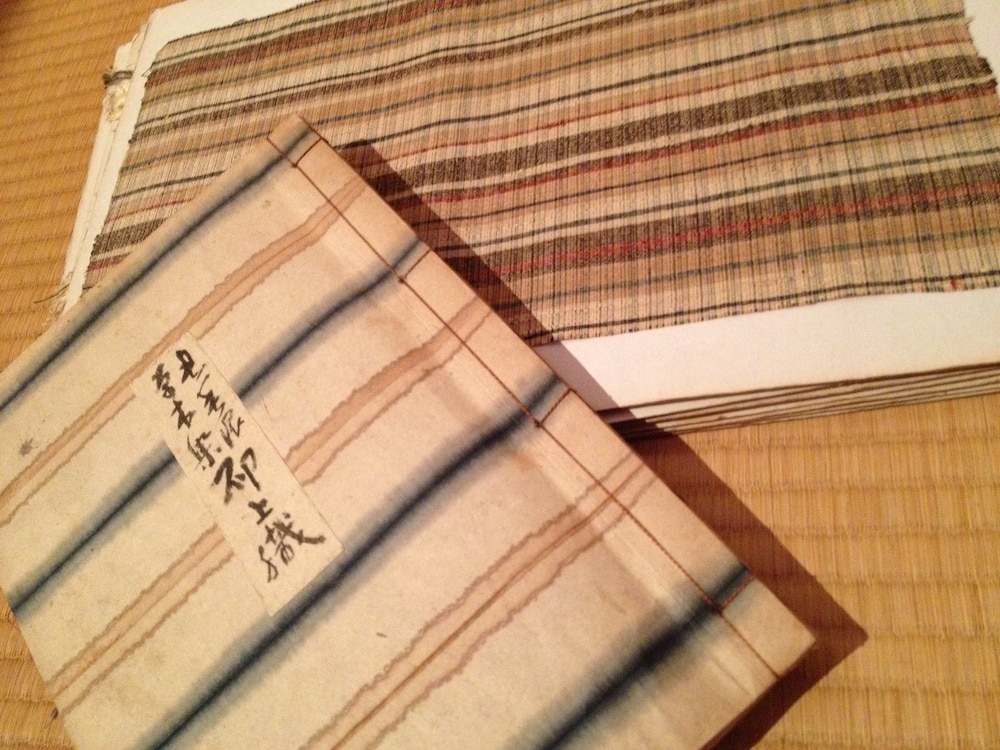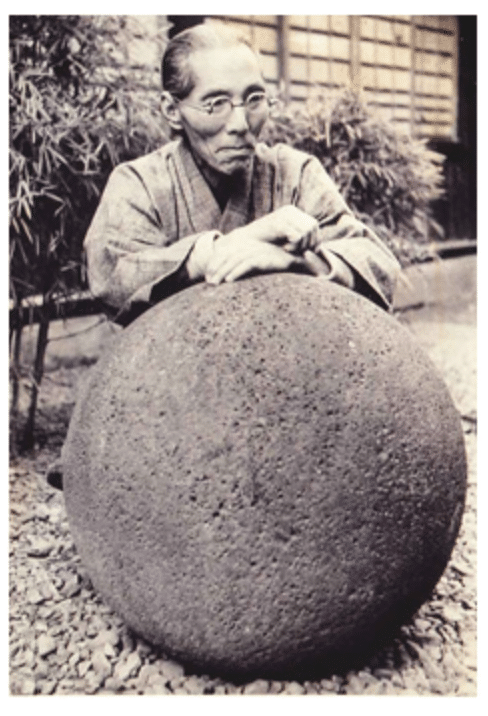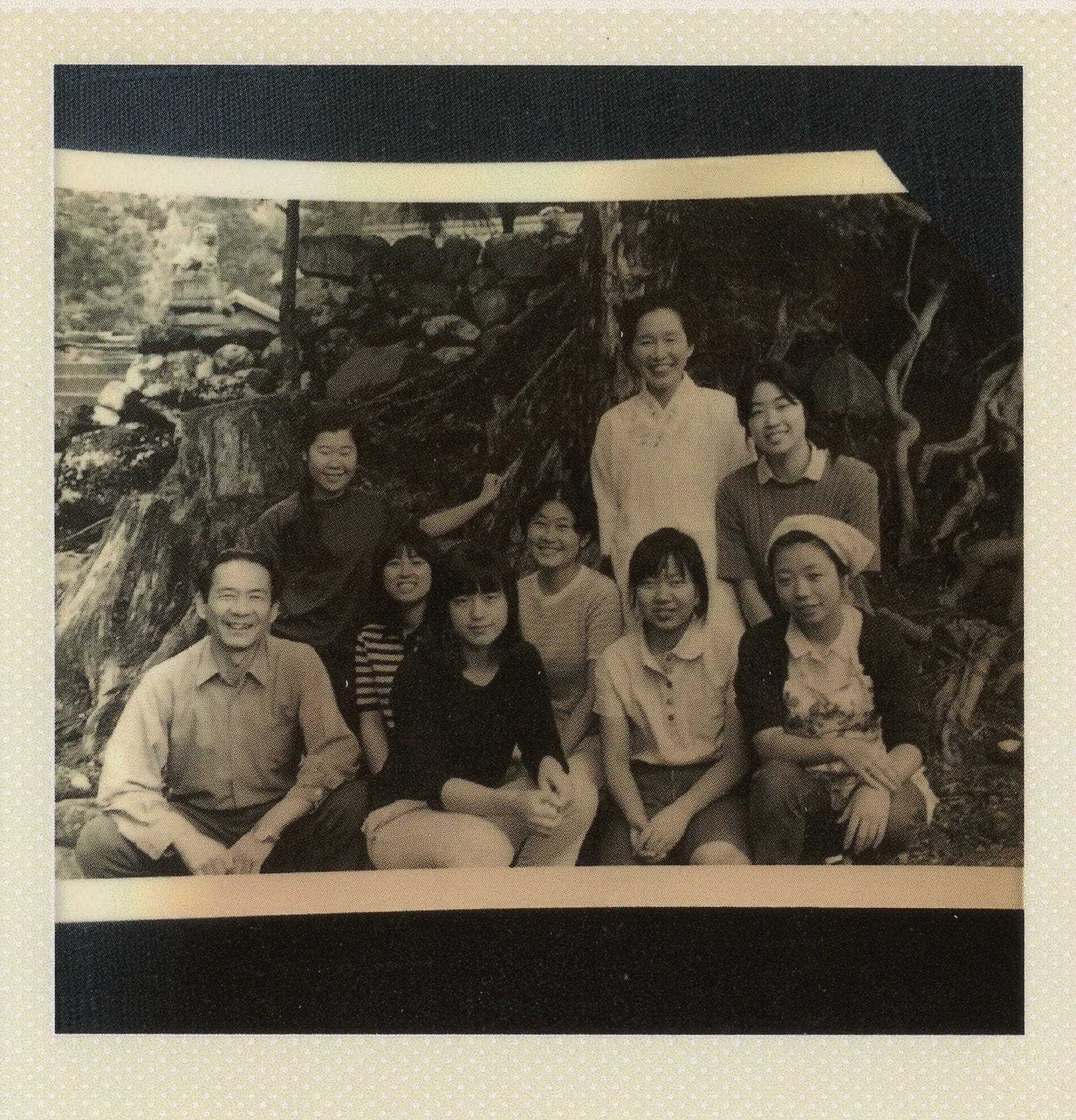Defining Mingei …? #1
#Mingei … the Japanese Folk Crafts Movement from 100 years ago. It encouraged artisans to pride in their craft; it taught people to cherish what they already have. The philosophy very much relevant and refreshing today.
Among all the definitions or explanations I read, the words of the founder, Muneyoshi (Soetsu) Yanagi, still speak to me with strong resonance. It’s my joy to share his quotes but here, in this post, my intention is not to share his words. Rather, I’d like to share the life stories of people who lived mingei.
But mingei is big, like, notoriously BIG. I can immediately hear the voice inside my head “who am I to talk about it?” (Time to go back to the tag Facing Trigger!) Still, we are in this blessed era where it’s still possible to directly hear stories of the first generation of mingei. And it will be a shame not to share them.
My grandfather Rikizo Munehiro took on the responsibility of leading a newly gathered village after WWII, starting from cultivating the land to growing crops for humans, also plants to feed silkworms, and weaving with silk that these silkworms produce so as to bring in means for living.
One day, he was introduced to Kanjiro Kawai, a potter and one of the founding members of the mingei movement. He recalls the first meeting in his memoir…
Master Kawai was sick, but he welcomed me in his library. He was resting, buried in books, but woke up and put on a sashiko robe on top.
I showed him the collection of samples that I brought. He gazed at each piece without a word. After some time of silence, his face expression was softened.

“Truly beautiful. This is the weaving before weaving became an industry. It’s the beauty seeped out of life, not as the result of seeking beauty. Thank you for bringing it to life.”
I could see the tears in his eyes .
After the visit, I received a letter from him. Hand-calligraphed, thick, bold letters danced all over the paper.
“Your dedication and devotion are beyond imagination. This is so rare that filled me with joy. I would love and cannot wait to meet again when you visit Kyoto”
Rikizo Munehiro “Live in Gujo Tsumugi”
This encounter with the master changed his destiny, Rikizo writes. Kawai’s broad perspective, flaring passion, and warm personality uplifted and made him strive for a higher purpose.

In the memoir, he introduces another famous episode; Kawai is known for refusing to receive any awards or recognition throughout his life, including the title of Living National Treasure. The reason behind being “Pottery cannot be done alone. If those who fire the kiln, and everyone who did small chores, can receive the award together with me, then I shall receive one.”
My grandfather says Kawai cultivated his heart.

0 Comments